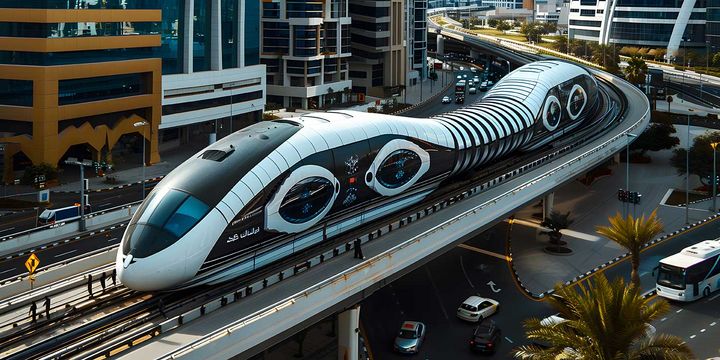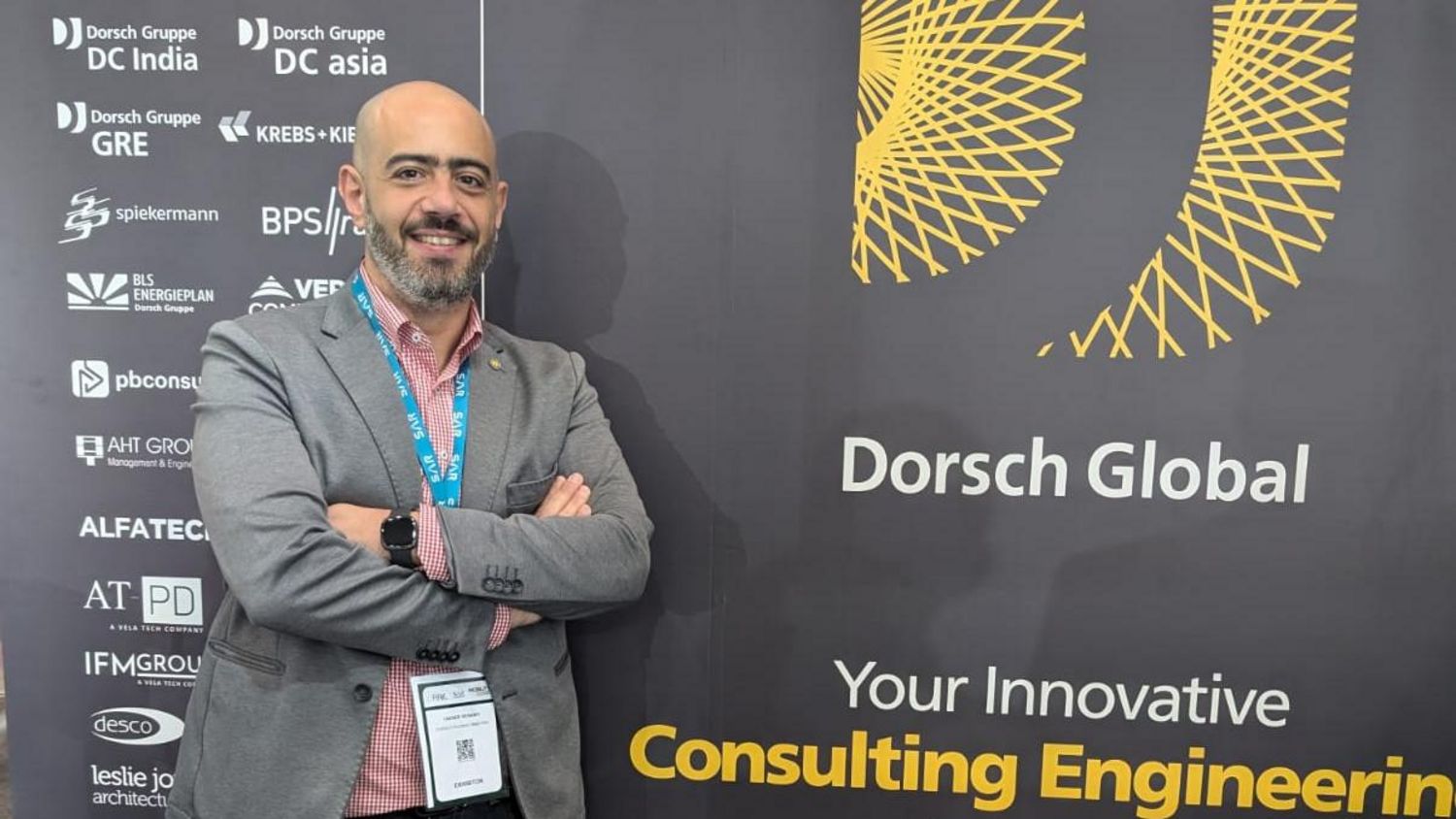Riyadh is one of the fastest-growing cities in the Middle East. For decades, car traffic dominated the cityscape. Today, an integrated network of metro lines and buses connects the metropolis – controlled by a state-of-the-art Intelligent Transport System (ITS). This transformation sets new standards for sustainable, future-proof mobility in a region where public transport has played hardly any role to date.
Since 2014, Yasser Henawy has been leading the ITS project as Programme Director at Dorsch Middle East on behalf of the Royal Commission for Riyadh City (RCRC). His team developed a system based on data-driven decisions, real-time analysis and innovative operating strategies. These approaches optimise routes and timetables, improve the user experience and encourage people to switch from private cars to public transport. The milestones of the past ten years show how Riyadh is transforming itself into a modern mobility metropolis.
Intelligent system components: networking and user orientation
The ITS in Riyadh comprises three central components:
- The Automatic Fare Collection (AFC) system enables convenient, contactless use of the underground and buses. Passengers pay with transport cards, mobile apps or contactless payment cards.
- The Automatic Vehicle Management (AVM) system uses sensors and cameras to monitor buses in real time. Passengers benefit from live information on arrival times at bus stops.
- The Operations Control Centre (OCC) acts as a central control element. It collects and analyses operational data, monitors routes, passenger volumes and system status. This allows problems to be identified quickly and processes to be continuously improved.

